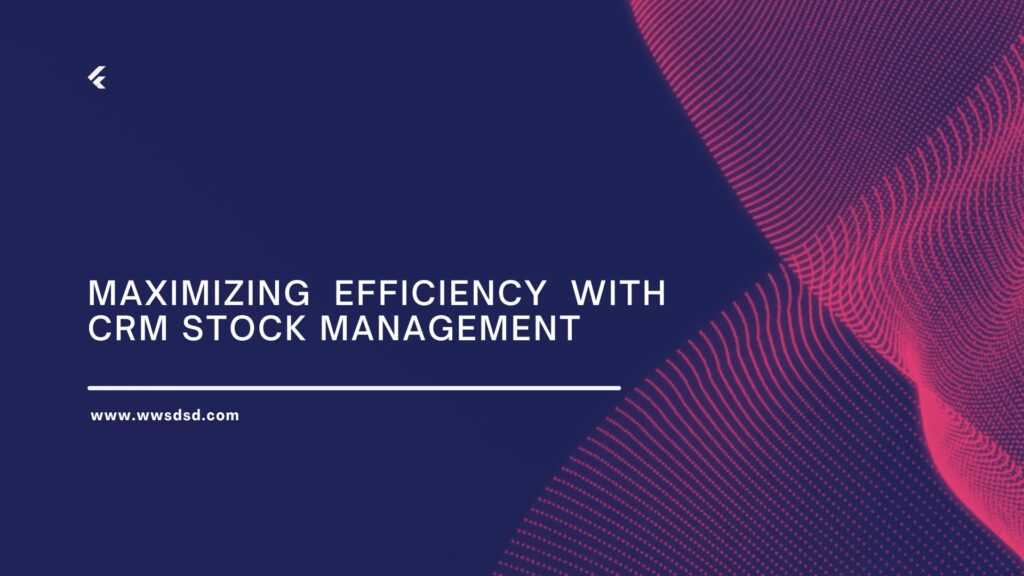The manufacturing industry faces an increasingly competitive and complex landscape. The pressure to reduce costs, improve efficiency, and meet changing customer demands demands the adoption of advanced technological solutions. In this context, CRM (Customer Relationship Management) and ERP (Enterprise Resource Planning) systems are essential tools for optimizing processes, boosting productivity, and ensuring long-term success. This article will explore how these solutions can transform the management of a manufacturing company, from supply chain management to customer loyalty.
1. Synergy between CRM and ERP in manufacturing: More than the sum of its parts
Traditionally, CRM and ERP systems have been considered separate entities. However, in the manufacturing industry, their integration creates a powerful synergy that drives operational efficiency and informed decision-making. An ERP focuses on internal business management, optimizing processes such as production planning, inventory management, raw material procurement, and quality control. A CRM, on the other hand, focuses on customer relationship management, encompassing everything from prospecting and lead management to after-sales service and loyalty.
The integration of both systems allows for a holistic view of the company, connecting supply chain information with customer needs and expectations. For example, information on inventory levels, provided by the ERP, can be used to customize offers and delivery times presented to customers through the CRM. Similarly, sales forecasts obtained through the CRM can feed into production planning in the ERP, minimizing the risk of overproduction or inventory shortages. This seamless integration allows for better response to market demands, greater efficiency in resource management, and a significant improvement in customer satisfaction.
2. Supply chain optimization with ERP-CRM integration
The supply chain in the manufacturing industry is a complex process involving numerous actors and stages. An efficient ERP can optimize every step of this chain, from demand planning to final product delivery. Integration with a CRM allows for better visibility into market demand, enabling more accurate production planning and more efficient inventory management.
For example, an ERP system can predict demand for a product based on sales forecasts provided by the CRM. This information allows for optimized raw material purchasing, avoiding unnecessary stock accumulation and reducing storage costs. Furthermore, integration enables accurate monitoring of the production process, identifying potential bottlenecks and optimizing delivery times. Information on order status, updated in real time, can be shared with customers through the CRM, improving transparency and satisfaction. Companies like Siemens, with its Teamcenter software, demonstrate the power of an integrated ERP in supply chain management, improving collaboration between suppliers and manufacturers.
3. Improving customer experience through unified data management
A well-implemented CRM provides a complete view of each customer, including their purchase history, interactions with the company, and preferences. This information, combined with the production and logistics data provided by the ERP, allows for a personalized, high-value customer experience.
The integration of both systems facilitates the creation of targeted marketing campaigns, the personalization of offers, and the provision of efficient after-sales service. For example, a CRM system can identify customers who have experienced delays in the delivery of their orders (information from the ERP) and send them proactive communications, offering apologies and updating them on the order status. This responsiveness improves customer satisfaction and strengthens long-term relationships. Companies like Salesforce, with its CRM platform, offer robust solutions for customer interaction management, enabling precise segmentation and personalized communication.
4. Improving decision-making through data analytics
Both CRM and ERP systems generate a large amount of data that, when properly analyzed, can provide valuable information for strategic decision-making. Integrating both systems provides a unified view of the data, facilitating the analysis of market trends, the identification of improvement opportunities, and process optimization.
For example, the combined analysis of sales data (CRM) and production data (ERP) can reveal seasonal demand patterns or the need to adjust production capacity to meet future demand. This information enables more efficient resource planning, cost reduction, and improved profitability. Business intelligence (BI) tools can be integrated with both systems to visualize and analyze data effectively, facilitating evidence-based decision-making.
5. Successful CRM and ERP Implementation: Key Considerations
Successful implementation of CRM and ERP systems requires careful planning and proper change management. It is crucial to clearly define implementation objectives, select the right software for the company’s specific needs, and have a team of trained professionals to carry out the process. Furthermore, it is important to involve all employees in the change process, providing them with the necessary training to use the new systems efficiently.
Data migration from legacy systems to new systems also requires detailed planning to avoid information loss and ensure data integrity. Finally, it is essential to establish a monitoring and evaluation process to ensure the systems are being used efficiently and generating the expected results. Specialized consulting can be invaluable in this process, guiding the company in software selection, implementation, and system optimization.
Conclusion: The path to efficiency and competitiveness
The integration of CRM and ERP systems is crucial for optimizing processes in the manufacturing industry. The synergy between the two systems allows for a holistic view of the company, improving supply chain management, customer experience, and decision-making. However, successful implementation requires careful planning, adequate change management, and investment in training and capacity building. By adopting these technological solutions, manufacturing companies can improve their efficiency, reduce costs, increase customer satisfaction, and achieve a sustainable competitive advantage in the market. The key to success lies in effective integration and the ability to fully leverage the potential of the data generated by these systems. It’s not just about implementing technology; it’s about transforming the way you operate, manage, and grow in the competitive world of manufacturing.

